

Articles
What Glue To Use On Foam Board Insulation
Modified: December 7, 2023
Looking for the right glue for foam board insulation? Read our informative articles to understand which adhesive works best for your project.
(Many of the links in this article redirect to a specific reviewed product. Your purchase of these products through affiliate links helps to generate commission for Storables.com, at no extra cost. Learn more)
Introduction
Foam board insulation is a popular choice for homeowners and builders looking to improve energy efficiency and reduce heat transfer in their homes. However, to effectively install foam board insulation, you’ll need the right adhesive or glue. Choosing the correct glue for foam board insulation is crucial in ensuring a secure and long-lasting installation.
In this article, we will explore different types of foam board insulation and discuss the factors you need to consider when selecting the appropriate glue. We will also delve into the glues that are suitable for foam board insulation and the ones you should avoid. Lastly, we will provide you with useful tips for applying glue on foam board insulation.
When choosing the glue for your foam board insulation, it’s important to keep in mind that not all glues are suitable for this specific application. Using the wrong adhesive could lead to a weak bond, reduced insulation performance, or even damage to the foam board.
Before we delve into the specific types of glue suitable for foam board insulation, let’s first understand the different types of foam board insulation available on the market.
Key Takeaways:
- Choose the right glue for foam board insulation by considering factors like bond strength, compatibility, and moisture resistance. Opt for construction adhesive, polystyrene foam glue, spray adhesive, contact cement, or epoxy adhesive for a secure and durable bond.
- Avoid using solvent-based adhesives, hot glue, acrylic or water-based glues, label adhesives, or regular household glues for foam board insulation. Follow proper application tips, such as cleaning surfaces, applying adhesive evenly, and allowing for proper drying time, to ensure a successful and reliable installation.
Read more: How To Cut Insulation Foam Board
Types of Foam Board Insulation
Foam board insulation comes in various types, each with its own unique properties and applications. Understanding the different types will help you determine the most suitable adhesive or glue for your specific insulation project.
- Expanded Polystyrene (EPS): EPS foam board insulation is made of expanded polystyrene beads fused together under heat and pressure. It is lightweight, affordable, and offers good thermal insulation. EPS is commonly used in walls, roofs, and floors.
- Extruded Polystyrene (XPS): XPS foam board insulation is manufactured through an extrusion process, creating a dense, closed-cell insulation material. It has higher compressive strength compared to EPS and provides excellent moisture resistance. XPS is commonly used in below-grade applications, such as foundation walls.
- Polyisocyanurate (ISO): ISO foam board insulation is known for its high R-value and exceptional thermal performance. It is composed of a polyisocyanurate foam core sandwiched between foil facings. ISO insulation is commonly used in commercial buildings but can also be used in residential applications.
- Polyurethane (PUR): PUR foam board insulation offers high thermal resistance and excellent moisture resistance. It is commonly used in refrigeration, cold storage, and other specialized applications. PUR insulation typically comes with facing materials, such as aluminum foil, to enhance its performance.
- Phenolic Foam: Phenolic foam board insulation is a premium insulation material with exceptional fire resistance and low smoke emission properties. It has a high R-value and is commonly used in commercial and industrial buildings.
Understanding the type of foam board insulation you’re working with is essential when choosing the appropriate adhesive or glue. The adhesive you use should be compatible with the specific type of foam board insulation to ensure a secure and durable bond.
Now that we’ve covered the various types of foam board insulation, let’s move on to the factors you need to consider when selecting the right glue for your insulation project.
Factors to Consider When Choosing Glue
When selecting the glue for your foam board insulation, there are several important factors to consider to ensure a successful and reliable installation. Let’s take a look at these factors:
- Bond Strength: The bond strength of the glue is crucial to ensure a secure attachment between the foam board and the substrate. Opt for a glue with strong adhesive properties that can provide a durable bond.
- Compatibility: It is crucial to choose a glue that is compatible with the type of foam board insulation you are using. Different types of foam insulation may have different chemical compositions that can react differently to certain adhesives. Refer to the manufacturer’s guidelines or consult an expert to ensure compatibility.
- Moisture Resistance: Moisture can compromise the integrity and effectiveness of foam board insulation. Look for a glue that offers a high level of moisture resistance to protect the insulation from water damage.
- Flexibility: Foam board insulation can expand and contract due to temperature changes. Choosing a glue that provides flexibility will allow the insulation to move without weakening the bond.
- Application Method: Consider the application method of the glue and ensure it is suitable for your project. Some glues come in cans or tubes and can be applied with a brush, while others may require a specialized applicator.
- Drying Time: The drying time of the glue is an important factor to consider, especially if you are working on a time-sensitive project. Some glues dry quickly, while others may require more time to cure.
- Safety: Always prioritize safety when choosing a glue. Ensure that the glue is non-toxic, low VOC (volatile organic compounds), and suitable for indoor use. Take necessary precautions such as wearing gloves and working in a well-ventilated area when applying the glue.
By considering these factors, you can narrow down your options and choose the most suitable glue for your foam board insulation project. In the next section, we will discuss the different types of glues that are commonly used for foam board insulation.
Glues Suitable for Foam Board Insulation
When it comes to gluing foam board insulation, there are specific types of glues that are known to work well and provide a strong bond. Here are some glues that are suitable for foam board insulation:
- Construction Adhesive: Construction adhesive, such as a polyurethane-based adhesive, is a popular choice for bonding foam board insulation. It provides a strong and durable bond, is moisture-resistant, and offers good flexibility to accommodate the movement of the insulation. Make sure to choose a construction adhesive that is specifically formulated for foam board insulation.
- Polystyrene Foam Glue: Polystyrene foam glue is designed specifically for bonding foam insulation materials. It is formulated to provide a strong bond while being compatible with polystyrene foam boards. This type of glue typically has a low solvent content to prevent damage to the foam.
- Spray Adhesive: Spray adhesive, such as aerosol adhesives, can be a convenient option for applying glue to foam board insulation. These adhesives are easy to use, provide a quick and uniform application, and allow for repositioning of the insulation if needed. Look for a spray adhesive that is suitable for foam board insulation and offers a high-strength bond.
- Contact Cement: Contact cement is a versatile adhesive that can bond various materials, including foam board insulation. It provides a strong and instant bond when the two surfaces come into contact. Apply contact cement on both the foam board and the substrate, let it dry, and then press the two surfaces together for a secure bond.
- Epoxy Adhesive: Epoxy adhesives are known for their high strength and durability. They can be an effective choice for bonding foam board insulation, especially in applications where a superior bond is required. Epoxy adhesives typically come in two parts that need to be mixed together before application.
Always follow the manufacturer’s instructions and guidelines when using any of these glues. It is recommended to conduct a small test application on a sample piece of foam board before proceeding with the complete installation. This will help ensure compatibility and assess the bond strength of the chosen glue.
Now that we have covered the glues suitable for foam board insulation, let’s move on to discussing the glues that should be avoided for this specific application.
When using foam board insulation, it is best to use a construction adhesive specifically designed for foam board. Look for a product that is compatible with polystyrene and provides a strong, durable bond.
Glues to Avoid for Foam Board Insulation
While there are several glues suitable for foam board insulation, there are also certain types of glues that should be avoided. These glues may not provide a strong bond, may damage the foam board, or have other negative effects. Here are some glues to avoid for foam board insulation:
- Solvent-based Adhesives: Solvent-based adhesives, such as traditional rubber cement or certain aerosol adhesives, can be harmful to foam board insulation. These glues contain solvents that can dissolve or weaken the foam board, leading to a compromised bond or damage to the insulation material.
- Hot Glue: While hot glue guns are commonly used for various craft projects, they are not recommended for foam board insulation. Hot glue can melt the foam and create a weak bond that may not hold up over time. It is best to avoid using hot glue on foam board insulation.
- Acrylic or Water-based Glues: Acrylic or water-based glues may not provide a strong enough bond for foam board insulation. These glues are often designed for lightweight applications and may not have the necessary adhesive properties to securely bond the insulation to the substrate.
- Label Adhesives or Tape: Adhesives that are specifically designed for labels or tapes are not suitable for bonding foam board insulation. These adhesives are typically not strong enough and may fail to provide a durable bond for insulation purposes.
- Regular Household Glues: Regular household glues, like white glue or wood glue, are generally not suitable for foam board insulation. These glues may not adhere well to the foam material and can result in weak or unreliable bonds. It is recommended to choose specialized adhesives formulated for foam insulation.
By avoiding these types of glues, you can ensure a more successful and long-lasting installation of your foam board insulation. It is always best to opt for glues that are specifically designed for foam insulation to achieve the strongest and most durable bond.
Now that we’ve discussed the glues to avoid, let’s move on to some useful tips for applying glue on foam board insulation.
Read more: Where To Buy Insulation Foam Board
Tips for Applying Glue on Foam Board Insulation
Applying glue correctly is crucial to ensure a secure and reliable bond between the foam board insulation and the substrate. Follow these tips to achieve the best results when applying glue on foam board insulation:
- Clean and Prepare the Surfaces: Before applying the glue, make sure that both the foam board and the substrate surfaces are clean and free from dust, dirt, and any other contaminants. This will help the glue adhere better and create a stronger bond.
- Apply Adhesive in a Thin, Even Layer: Use a brush, roller, or applicator appropriate for the type of glue you are using to apply an even layer of adhesive on the foam board. Avoid applying too much glue as it can lead to gaps, uneven bonding, or excess squeeze-out.
- Allow for Proper Ventilation: If you are using adhesives with strong fumes or volatile organic compounds (VOCs), make sure to work in a well-ventilated area or use proper respiratory protection. Follow the manufacturer’s guidelines regarding ventilation requirements.
- Follow the Recommended Drying Time: Each type of glue has its own drying time, so it is important to be patient and let the glue dry completely before moving or applying pressure on the insulation. Rushing the process can result in a weaker bond or adhesive failure.
- Use Clamps or Weights: If necessary, use clamps or weights to apply even pressure on the foam board while the glue is drying. This helps to ensure a strong and uniform bond across the entire surface area of the insulation.
- Consider Temperature and Humidity: Take into account the temperature and humidity conditions during the glue application and drying process. Extreme temperatures or high humidity can affect the drying time and overall bonding performance of the glue. Aim for ideal conditions as specified by the adhesive manufacturer.
- Inspect and Test the Bond: After the glue has dried, inspect the bond between the foam board insulation and the substrate. Gently try to separate the two surfaces to ensure a strong and secure bond. Conducting a small test bond or sample application before the full installation is recommended to verify the effectiveness of the chosen glue.
Following these tips will help ensure a successful and long-lasting bond for your foam board insulation. Remember to always refer to the adhesive manufacturer’s instructions and guidelines for specific application and safety information.
Now, let’s wrap up this article.
Conclusion
Choosing the right glue for foam board insulation is essential for a successful and durable installation. By considering factors such as bond strength, compatibility, moisture resistance, and flexibility, you can select a glue that will provide a secure bond while protecting the integrity of the insulation.
Glues suitable for foam board insulation include construction adhesives, polystyrene foam glues, spray adhesives, contact cement, and epoxy adhesives. These adhesives offer strong bonding capabilities and are designed to work effectively with foam insulation materials.
On the other hand, it’s important to avoid using glues such as solvent-based adhesives, hot glue, acrylic or water-based glues, label adhesives, or regular household glues. These glues may not provide the necessary bond strength for foam board insulation or can potentially damage the foam board itself.
When applying glue on foam board insulation, make sure to clean and prepare the surfaces, apply the adhesive in a thin and even layer, and allow for proper ventilation and drying time. Using clamps or weights can help ensure an even and secure bond. It’s also important to consider temperature and humidity conditions during the application process.
By following these guidelines and tips, you can ensure a successful and reliable installation of foam board insulation, improving energy efficiency and reducing heat transfer in your home or building.
Remember to always refer to the manufacturer’s instructions and guidelines for specific product recommendations and safety information. If in doubt, consult with a professional or adhesive expert to ensure you select the most appropriate glue for your foam board insulation project.
With the right glue and proper installation techniques, you can enjoy the benefits of a well-insulated space and contribute to a more energy-efficient and comfortable environment.
Frequently Asked Questions about What Glue To Use On Foam Board Insulation
Was this page helpful?
At Storables.com, we guarantee accurate and reliable information. Our content, validated by Expert Board Contributors, is crafted following stringent Editorial Policies. We're committed to providing you with well-researched, expert-backed insights for all your informational needs.
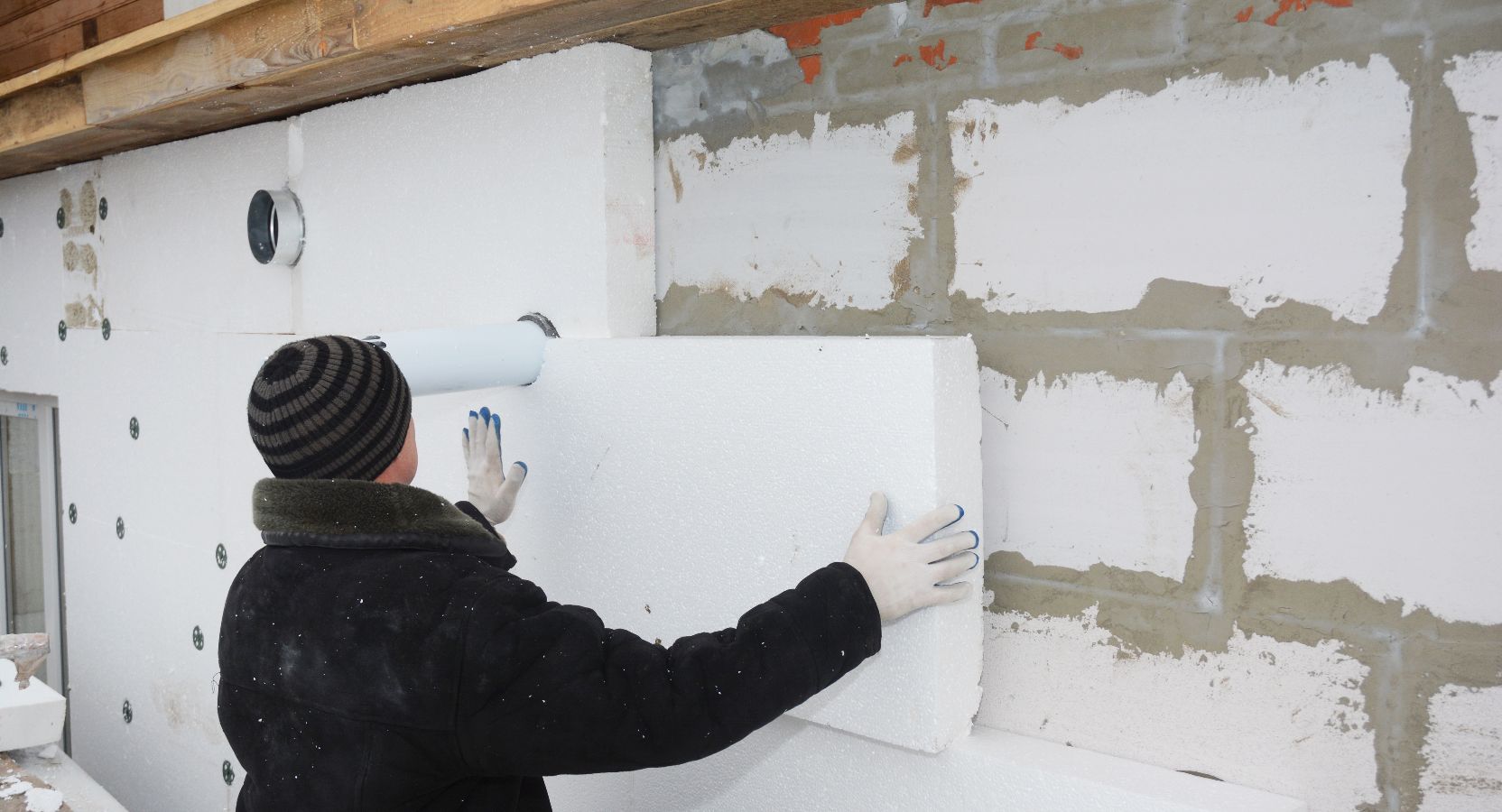
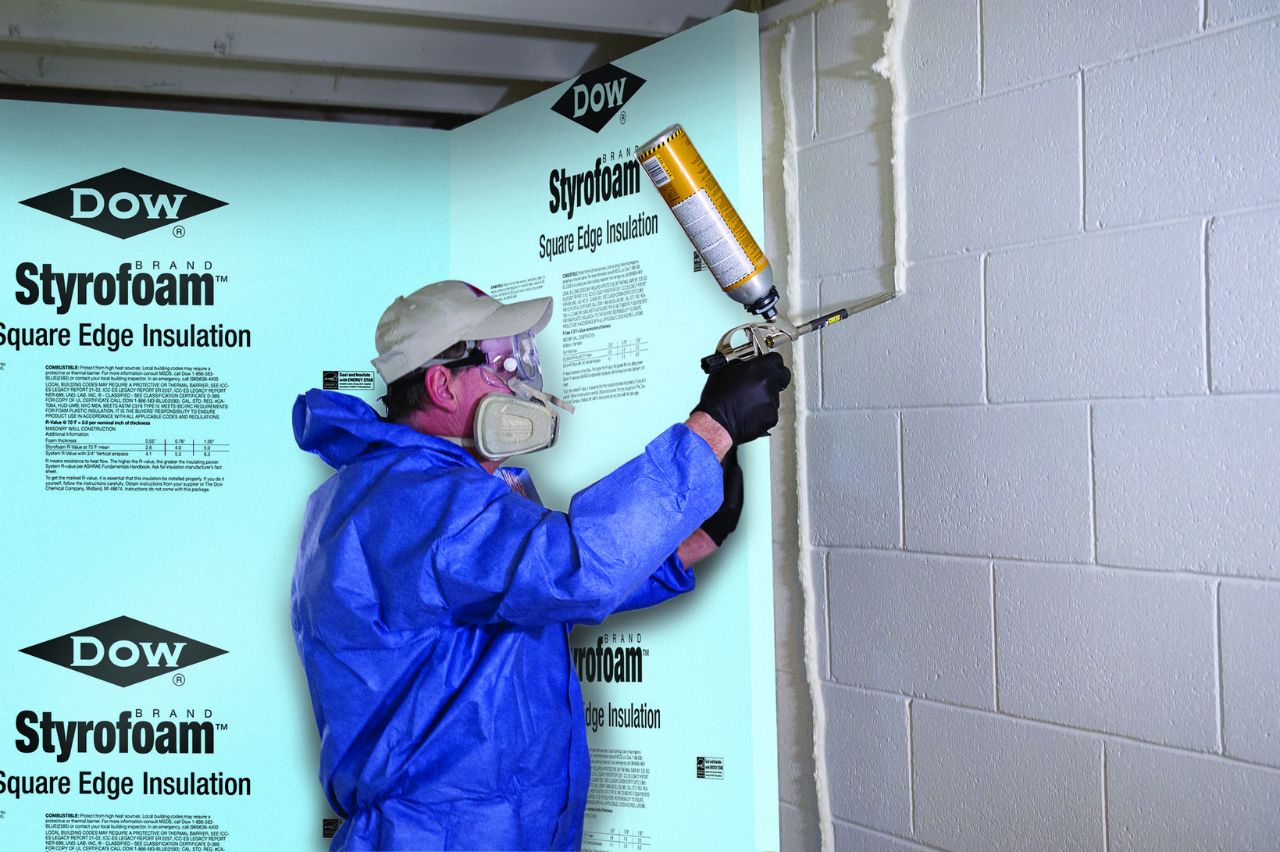
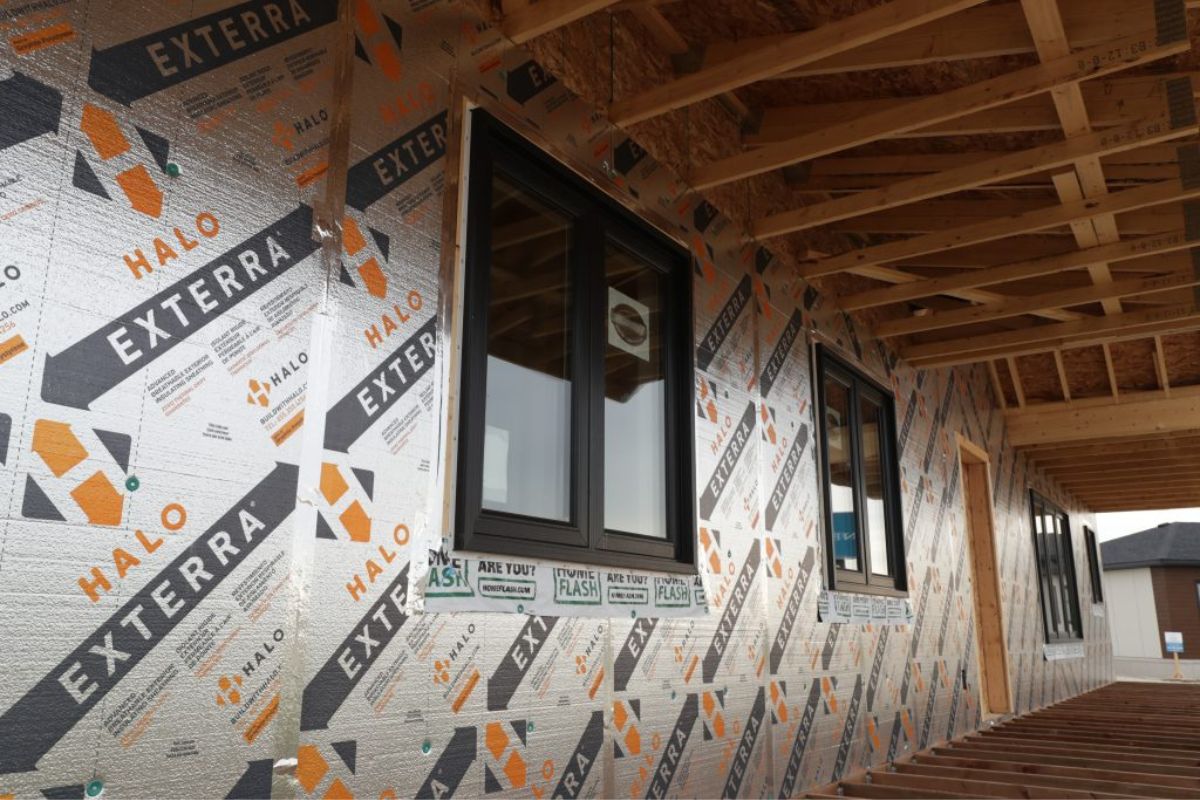
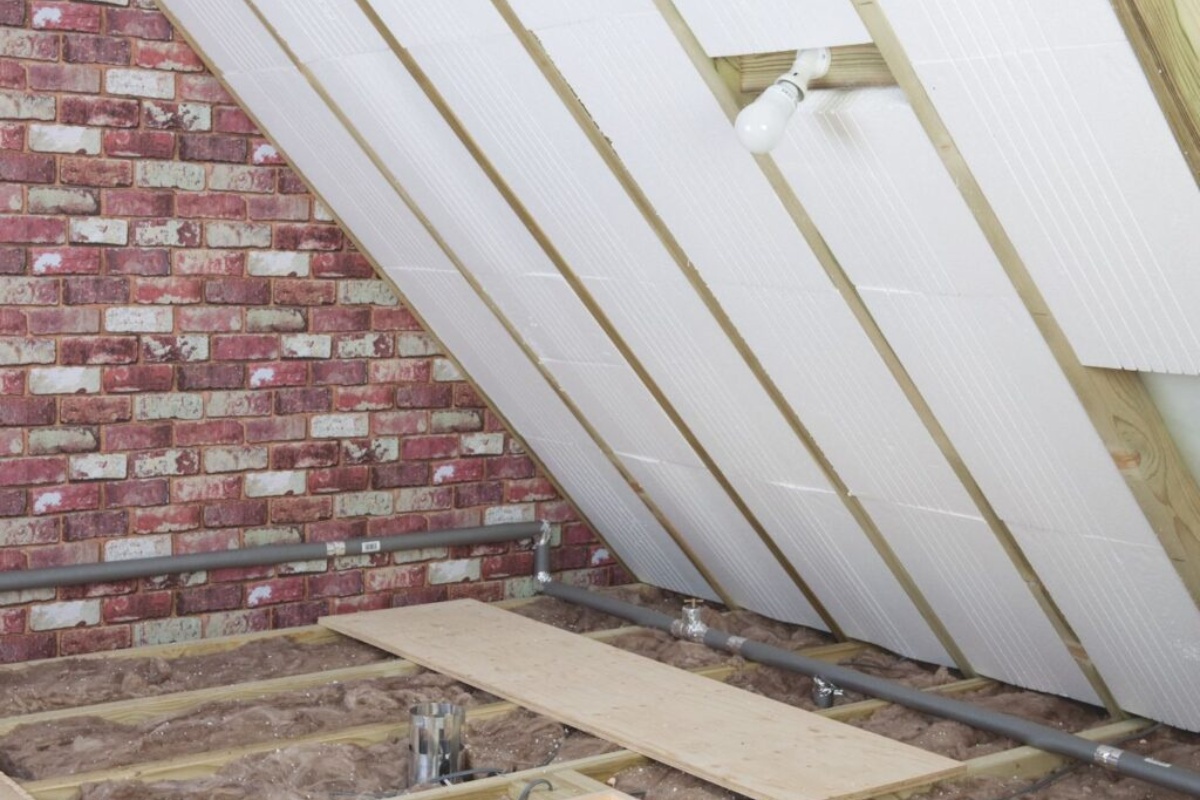
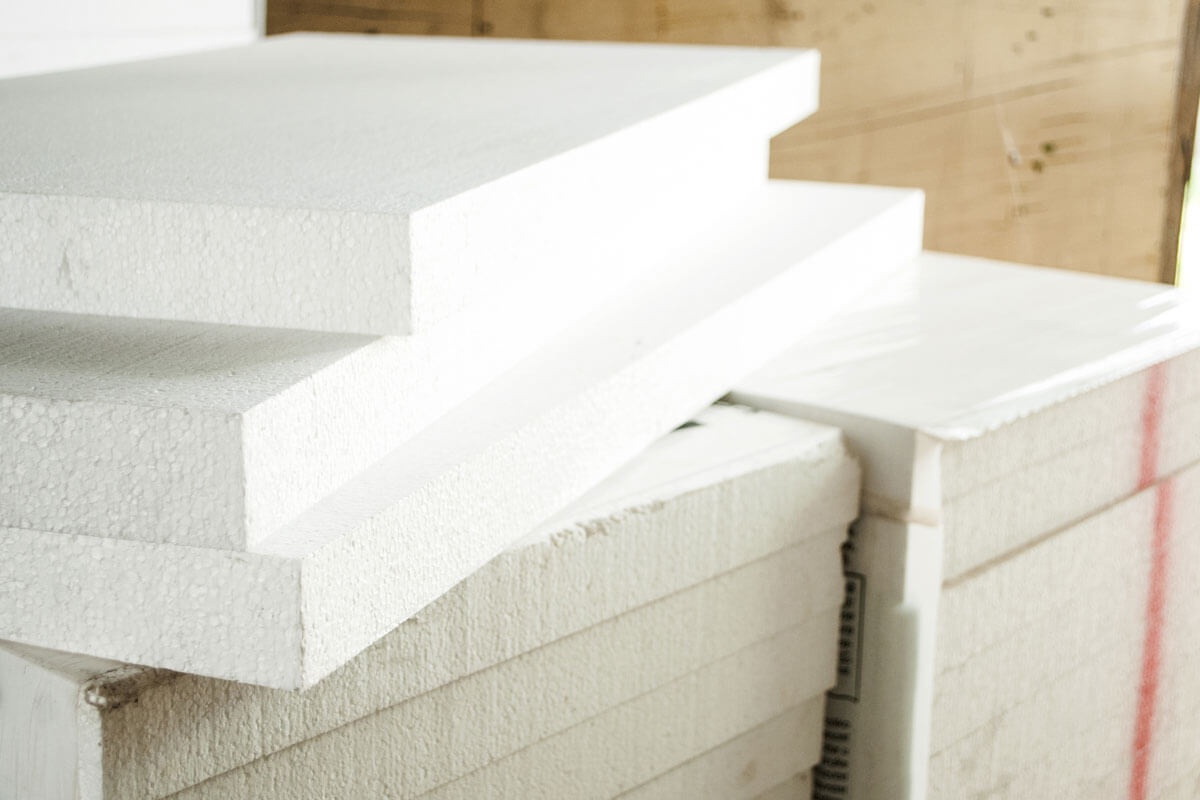
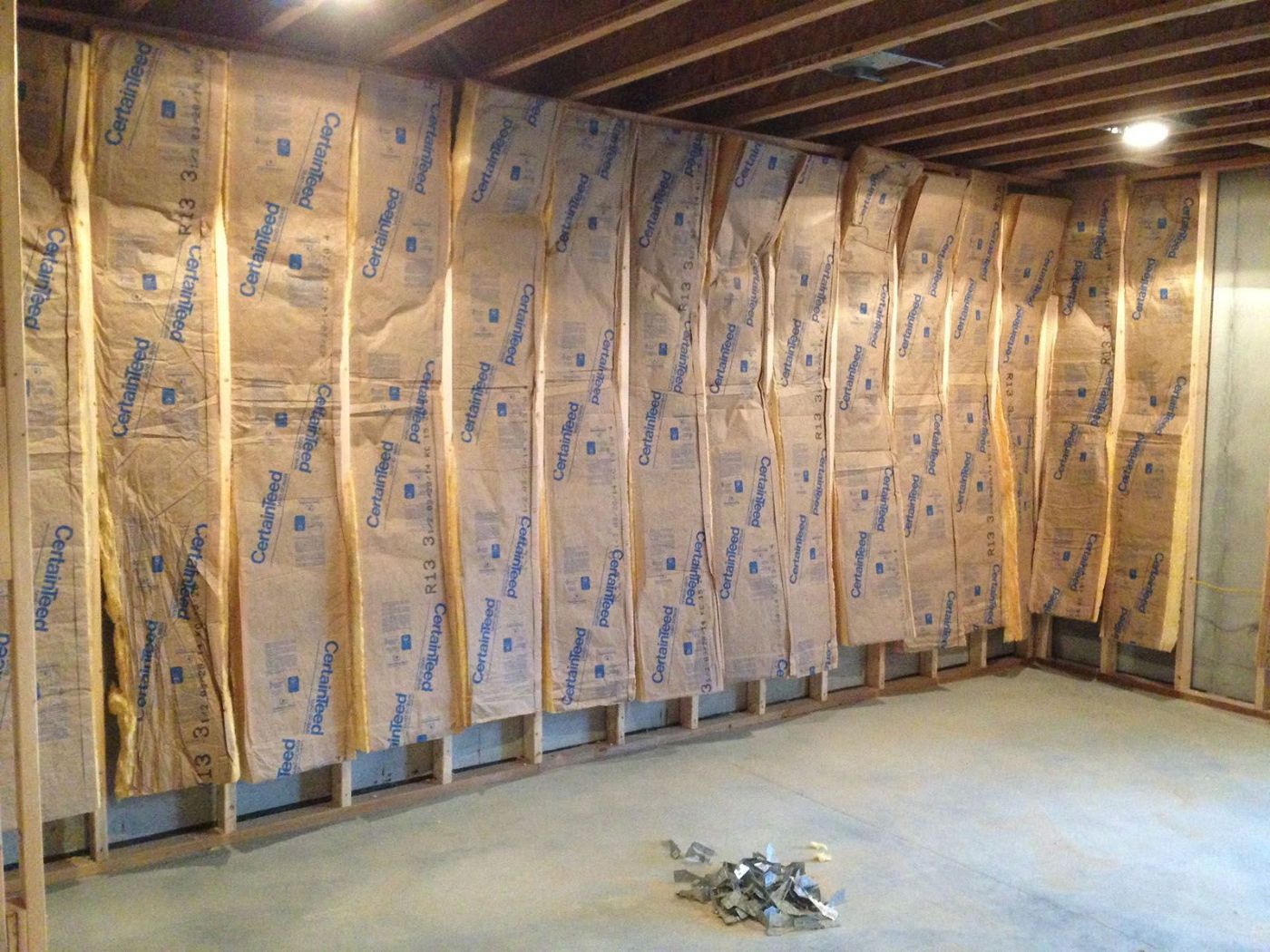
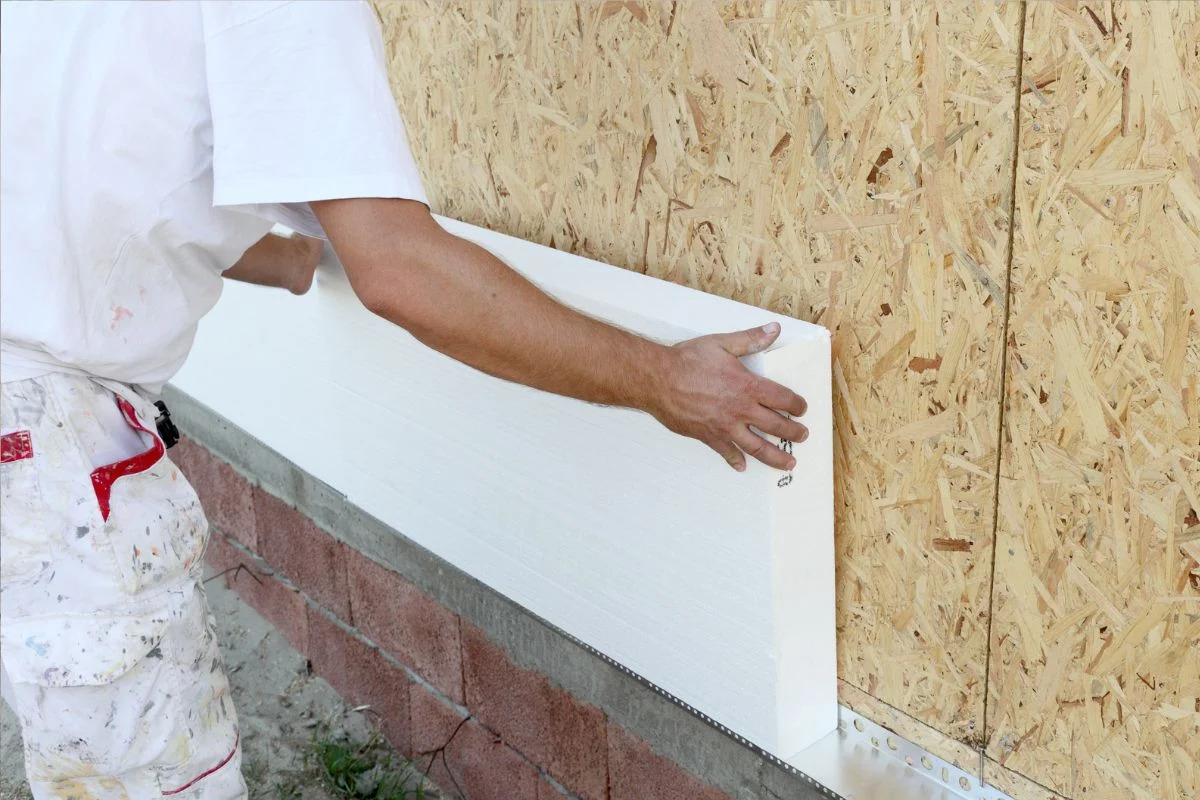
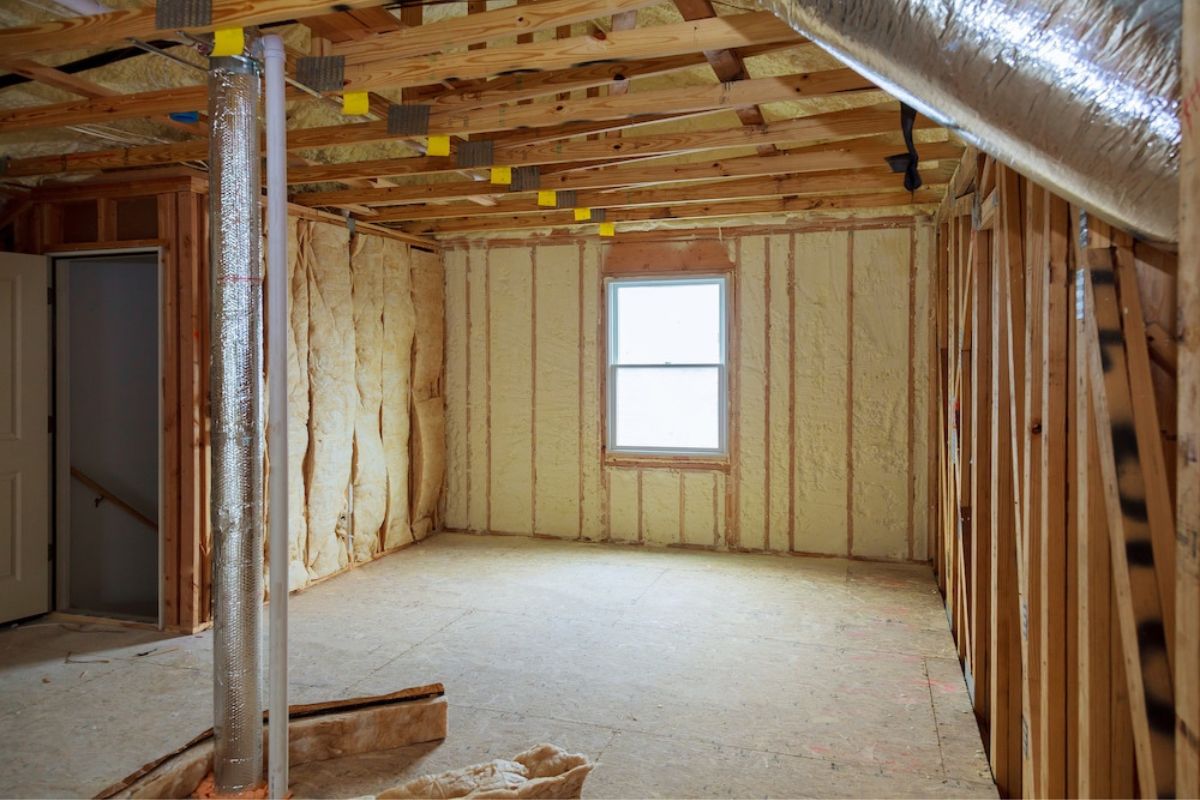
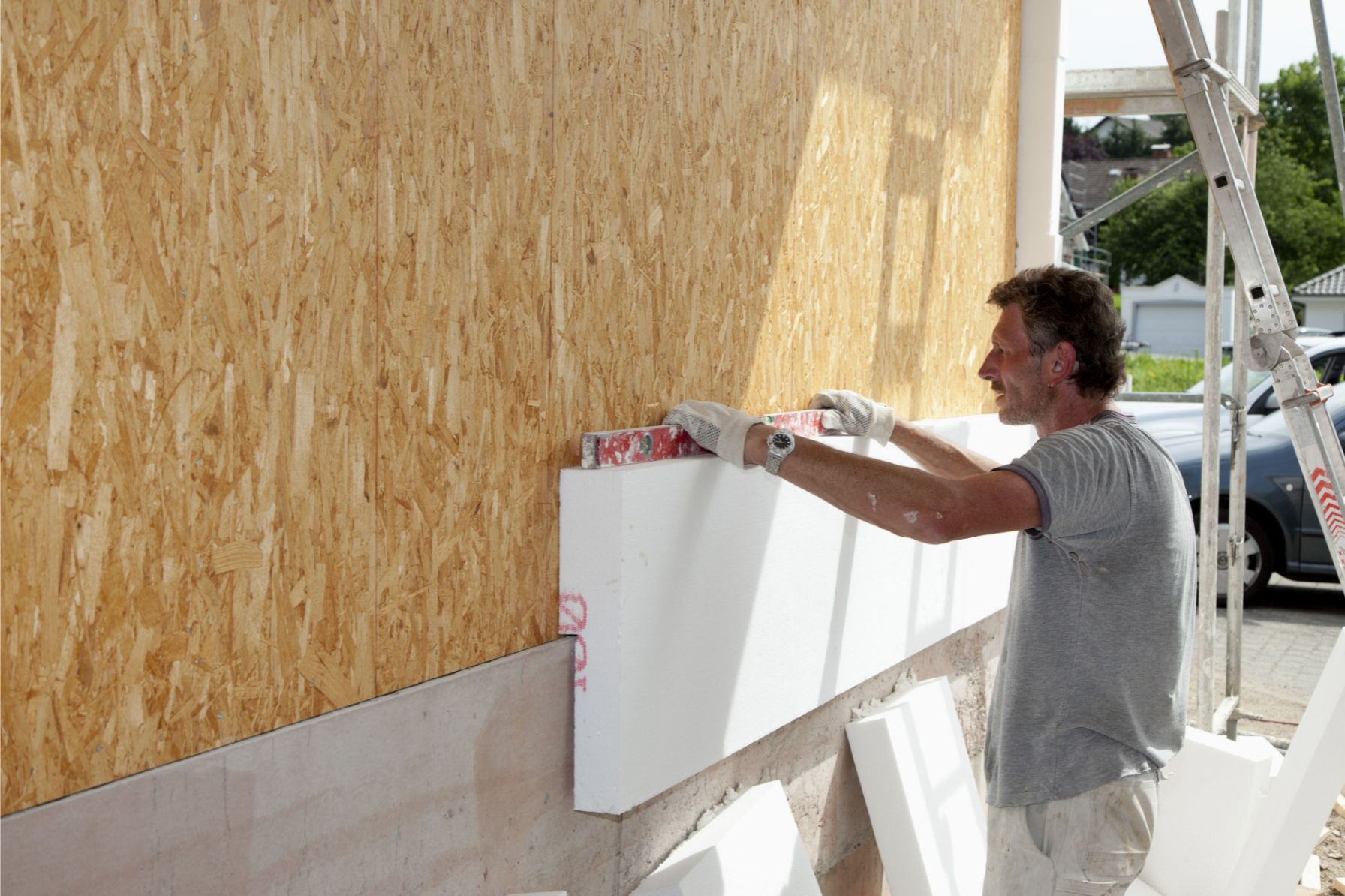
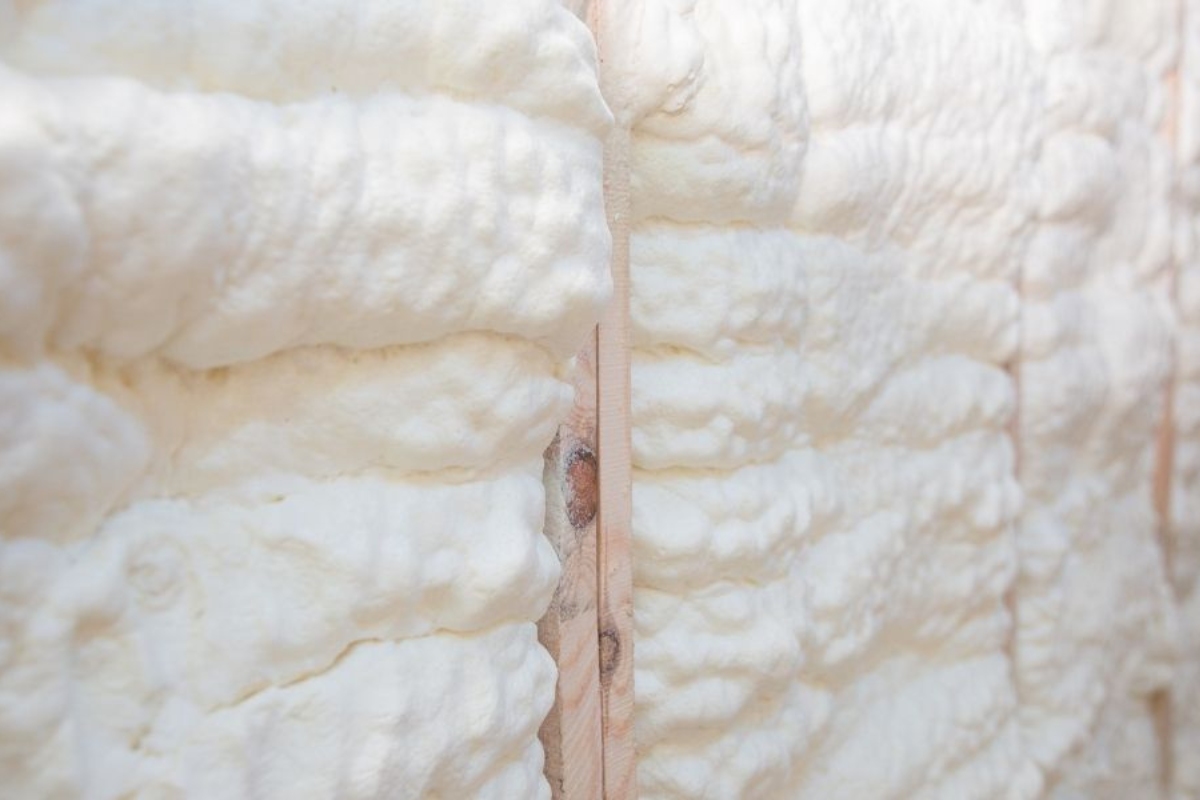
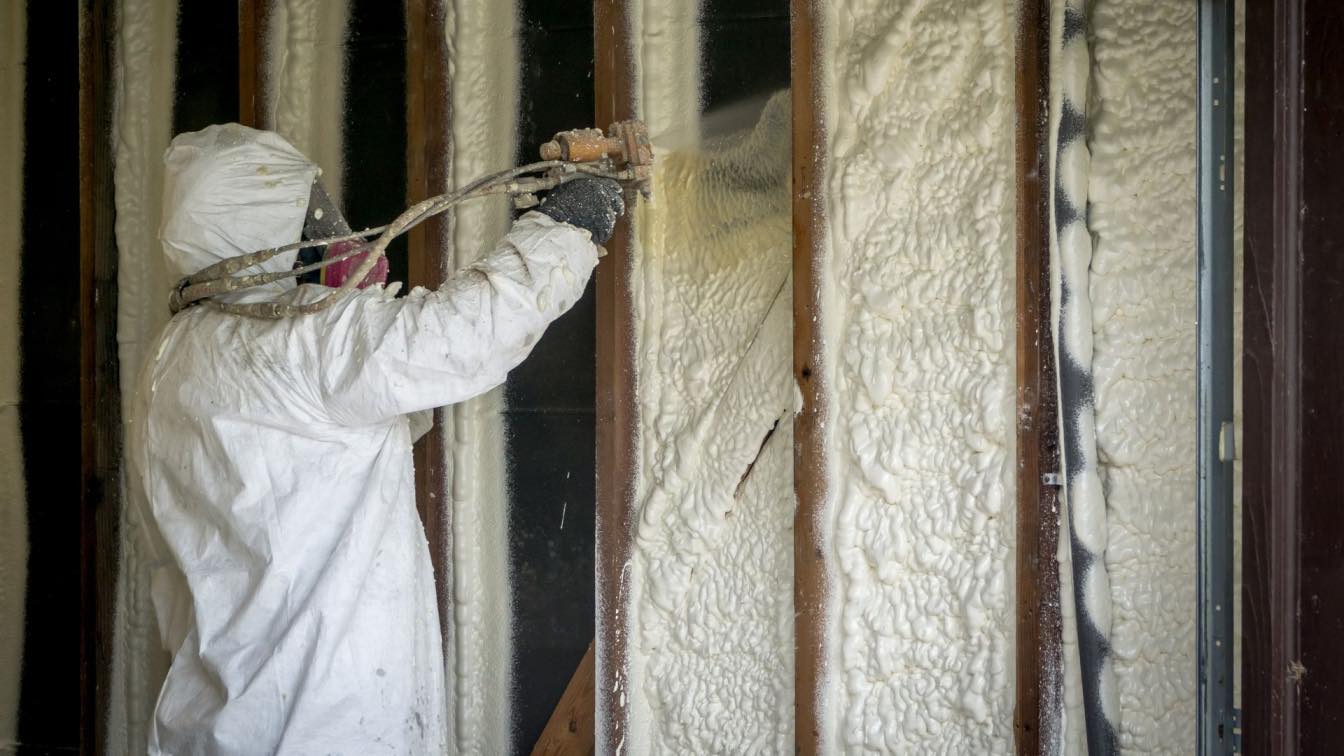
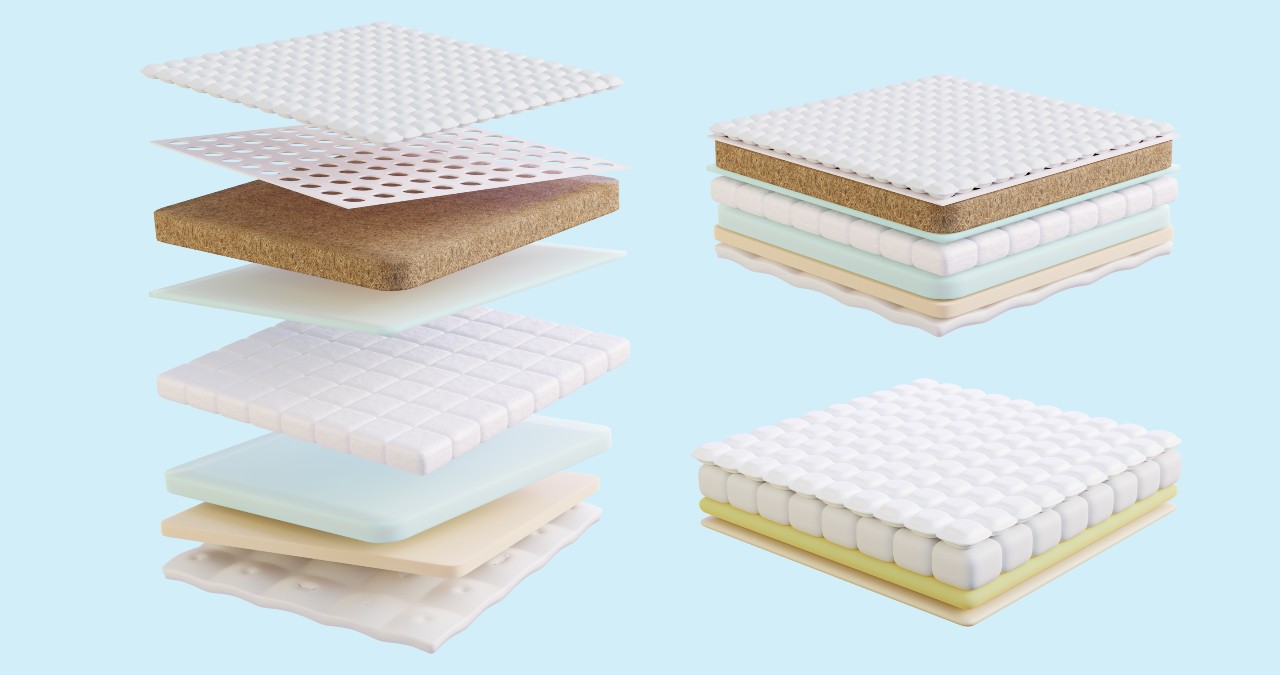
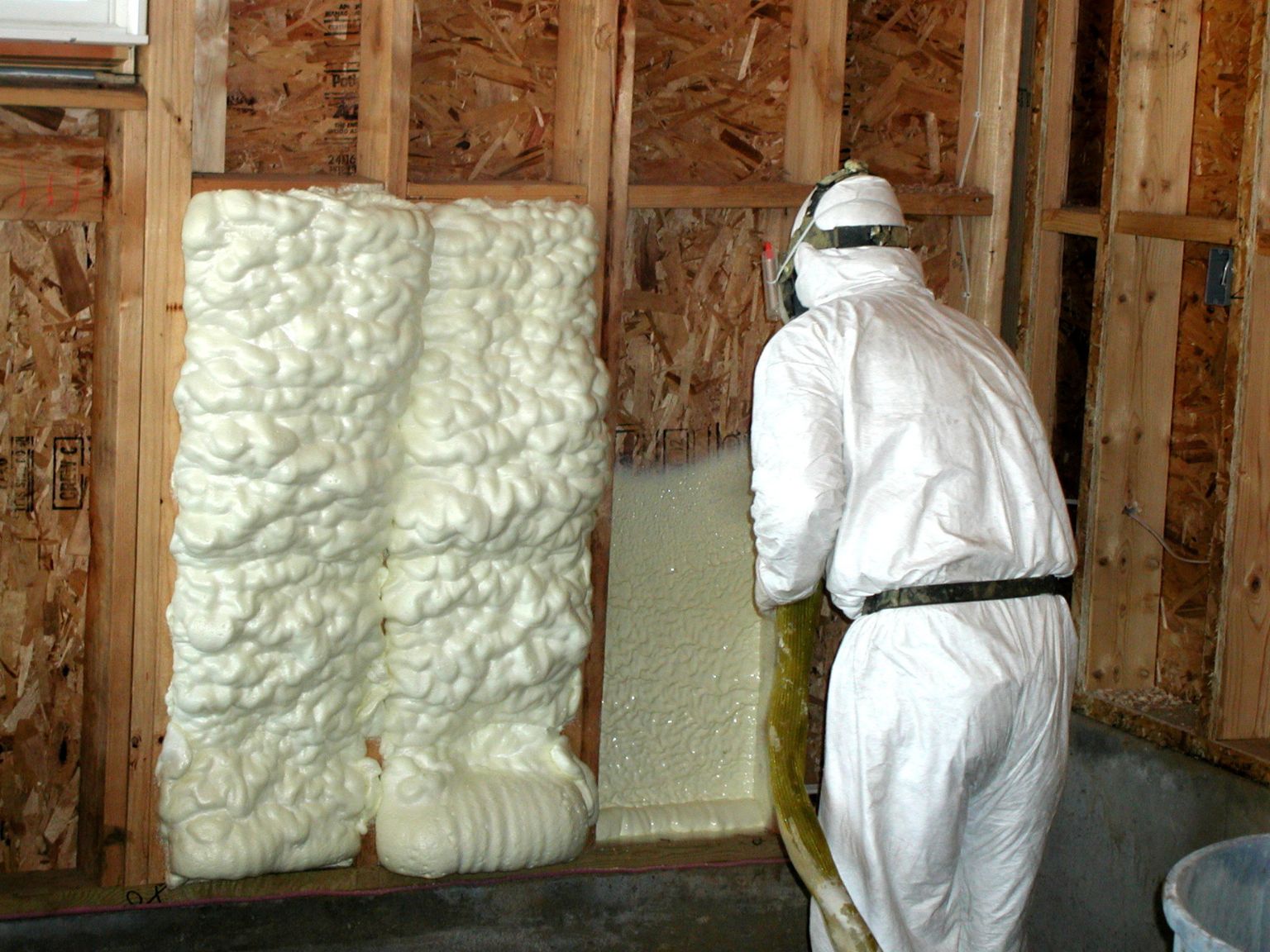
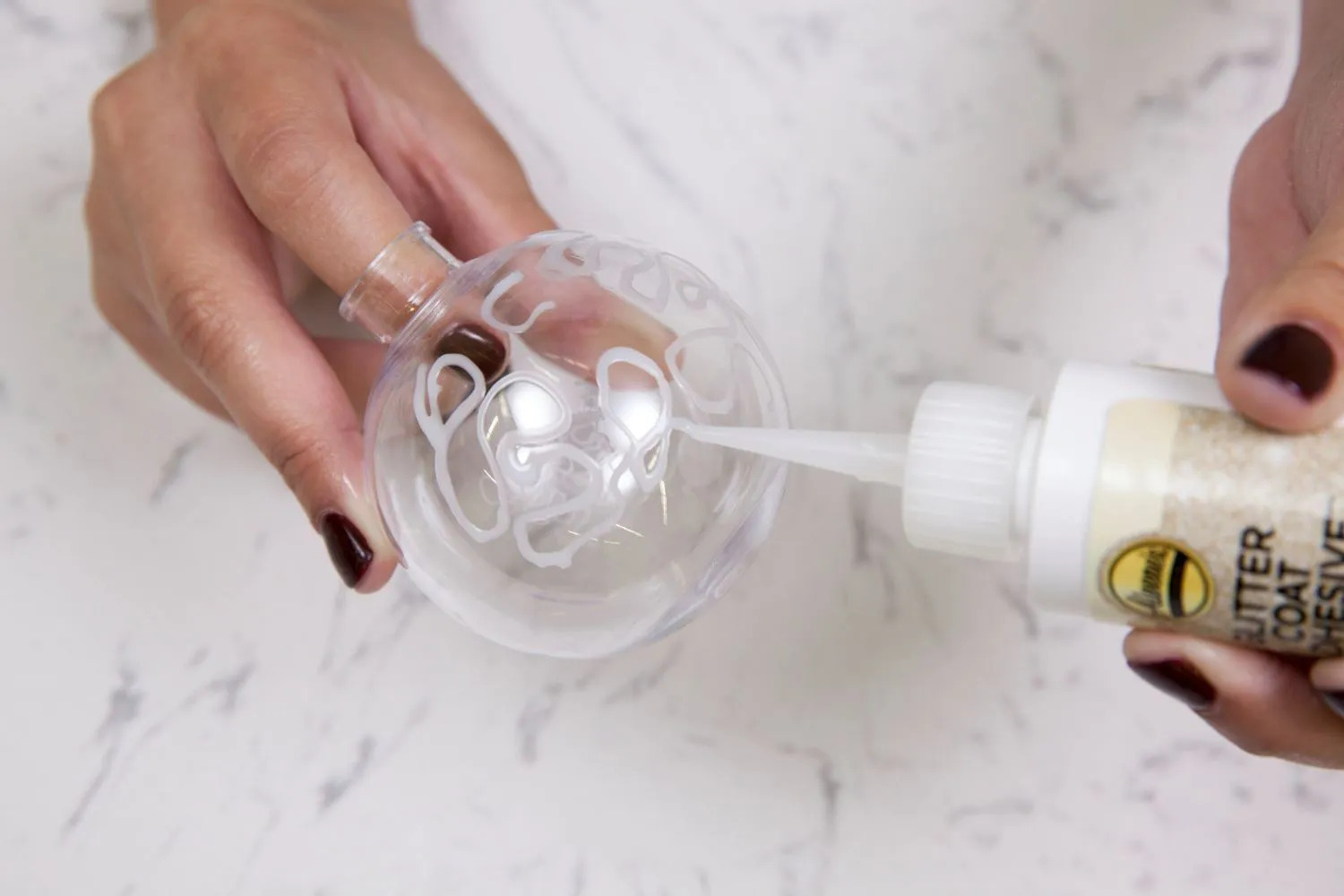

0 thoughts on “What Glue To Use On Foam Board Insulation”